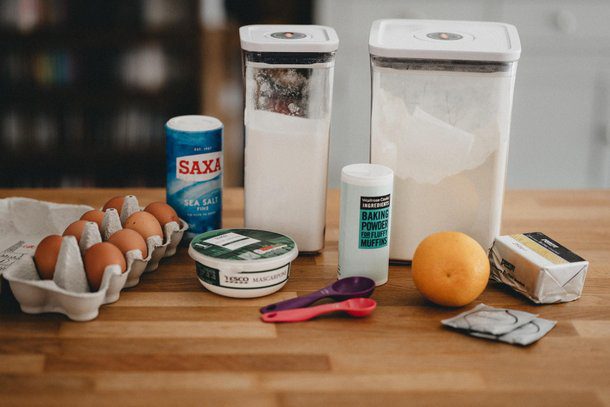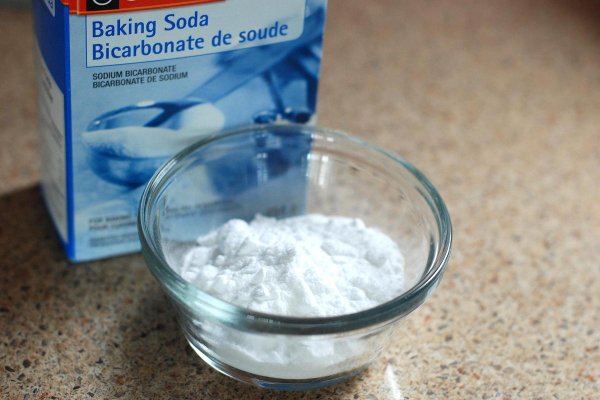Preparing a dish in the kitchen can feel like conducting a science experiment. After all, you’re combining ingredients to make something great, and both involve minor tweaks in powders and liquids, while you watch carefully to make sure everything works well.
An example that can be involved in both cases is sodium bicarbonate, the ingredient that unites most cooking and science. This chemical has numerous reactions when mixed with water or vinegar, not to mention that it is one of the main ingredients in a cake recipe. Want to learn more about how to use it in both worlds? Look at the following paragraphs!
Sodium bicarbonate appears

Since the Middle Ages, bakers have used baking soda in making their recipes. This substance releases bubbles of carbon dioxide when dissolved in water or mixed with acid. Therefore, in mass, this generates the effect of lightning and pulling.
In the past, it was common for Arab chefs to leaven their cakes with wood ash or potassium carbonate – which left an unpleasant aftertaste. This method was also used in the West, but researchers at the French Academy of Sciences created a competition to encourage inventors to create a more efficient alternative.
In 1791, Nicolas LeBlack developed a method for producing soda ash from salt and charcoal, but the potassium in the formula still gave food a bitter taste. It wasn’t until years later that scientists were able to isolate baking soda from this mixture and bakers could certainly use it, revolutionizing the culinary industry.
Baking soda in the kitchen

As a natural alkaline product, baking soda raises the pH when added to liquids or foods. Therefore, often to reduce the acidity of coffee or highly acidic soups, it is common that this ingredient can be used in an attempt to neutralize the acidity.
In addition, this component also changes the color of some food dyes. Examples include anthocyanins, which are found in blueberries, red cabbage, and asparagus, which turn blue when mixed with this chemical. In contrast, turmeric is colored red in the same type of mixture due to curcumin.
When making a pot of beans, baking soda can release calcium and magnesium into the food and help it cook faster, gain more flavor and become creamier. It’s also worth noting that a small sprinkle of baking soda on roasted and braised vegetables or meats speeds up the rates of sugar caramel and produces a very sweet, bitter, and nutty-scented result.
At the end of the day, for every great cook, having a pot of baking soda near you can be an outlet for working into your recipes as if you were a real scientist, bringing novelties to your dishes and a special flavor to your palate. .

“Wannabe internet buff. Future teen idol. Hardcore zombie guru. Gamer. Avid creator. Entrepreneur. Bacon ninja.”

